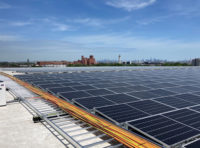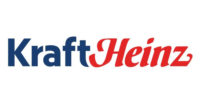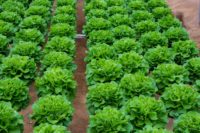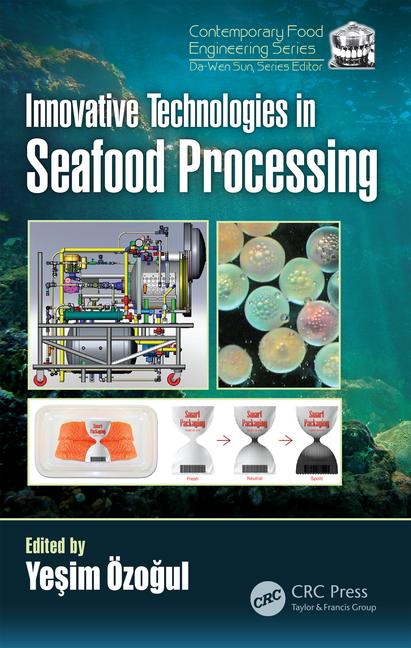Clean Energy Institute unveils testbeds for clean energy technologies
The state-of-the-art user facility features labs for manufacturing prototypes, testing devices and integrating systems.
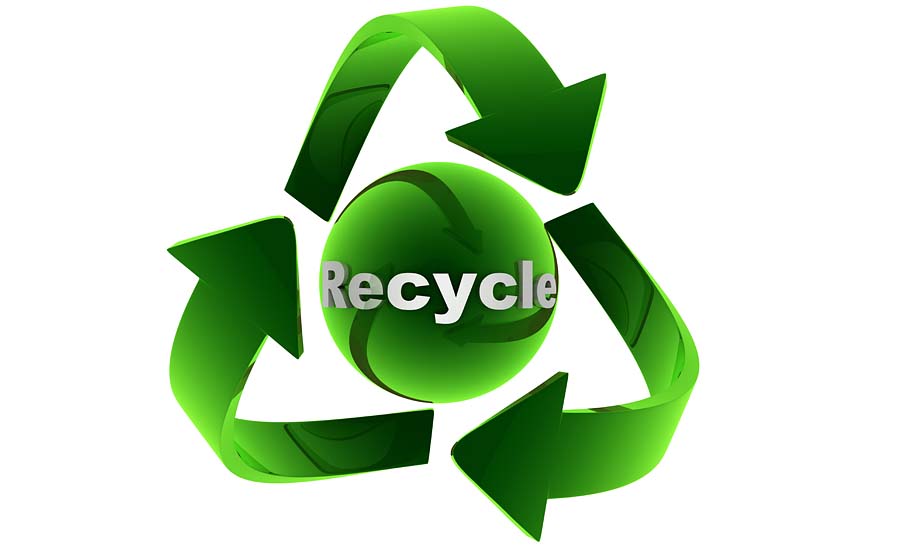
The Clean Energy Institute (CEI), a research unit at the University of Washington (UW), Seattle, Wash., created the Washington Clean Energy Testbeds to increase the rate at which breakthrough science and engineering discoveries turn into market-adopted clean energy technologies. The state-of-the-art user facility features labs for manufacturing prototypes, testing devices and integrating systems.
“The process of taking a clean energy research discovery and making a prototype, then rigorously testing and refining it for market readiness, requires equipment and expertise that is expensive to acquire and rarely available when and where you need it,” says Daniel Schwartz, CEI director. “As a result, too many start-ups have great ideas, but fail before fully demonstrating their technology. Amazingly, lack of easy access to facilities and expertise is often a barrier for big companies, too. The Washington Clean Energy Testbeds centralize these resources to help shorten the time between clean energy idea to prototype, while reducing the capital and providing the expertise a company needs to get a viable product in the hands of customers.”
Located in a former sheet metal fabrication facility near UW’s Seattle campus, the 15,000-square-foot Washington Clean Energy Testbeds provide researchers and cleantech businesses customized training and access to top-quality fabrication, characterization and computational instruments. Specifically, these instruments are for printing, coating and testing the materials and devices needed to achieve ultra-low-cost solar cells and batteries, as well as developing the system integration software and hardware to optimize the performance of devices and systems like vehicles, buildings and the grid.
At the testbeds, users can:
· Print ultra-low-cost, thin film solar cells and electronic devices using novel electronic inks.
· Fabricate and test new battery systems to dramatically increase performance without compromising safety.
· Develop and test energy management software that controls and optimizes how batteries, vehicles and buildings integrate with a clean energy grid.
The Washington State Legislature provided $8 million to plan and design the testbeds. CEI engaged UW faculty, regional cleantech leaders and national research institutions like the Pacific Northwest National Laboratory (PNNL), Richland, Wash., to create a facility that serves clean energy innovators.
The Washington Clean Energy Testbeds’ open-access model requires only an initial consultation with testbed management to ensure project feasibility and safety. Open-access is ideal for researchers and companies that want to rapidly advance their ideas.
Professor J. Devin MacKenzie, a seasoned cleantech entrepreneur and global expert in electronic materials and emerging manufacturing methods for energy devices, displays and communication, will lead the Washington Clean Energy Testbeds. MacKenzie has founded and led five start-up companies, and holds over 110 patents and publications. He’s also the chief technical officer of Imprint Energy, a UC Berkeley spinout developing flexible, high-energy batteries based on large-area print manufacturing.
“CEI’s vision for an open-access clean energy testbed model based at a world-class university with an innovation focus brought me from the Bay Area to Seattle,” says MacKenzie. “I’m thrilled to help foster a community of distinguished faculty, bright students and cleantech businesses that will work together to create solutions for a healthy planet.”
The “scale-up and characterization” portion of the testbeds, dubbed the only one of its kind in the United States, offers a platform for prototyping authentic-scale solar and storage devices as well as testing manufacturing processes. The lab includes a 30-foot-long multistage roll-to-roll printer for solar cells, batteries, sensors, optical films and thin-film devices.
The “scale-up and characterization” lab also includes a controlled humidity and temperature room to enable specialized fabrication under precise atmospheric conditions. The collection of characterization instruments in the lab form a unique roster of capabilities tailored specifically for supporting scaled energy devices and modules. They allow for rigorous testing of new devices using solar simulators, environmental test chambers, battery cyclers, electron microscopes, x-ray spectrometers and other instruments.
The Washington Research Foundation (WRF), a Seattle, Wash.-based organization that provides grants to support research and scholarship in Washington, funded the instrument.
WRF innovation professor Venkat Subramanian and Kyocera professor Jihui Yang from UW will use the “scale-up and characterization” lab for their work with the Battery500 consortium, a U.S. Department of Energy (DOE) program led by PNNL that aims to develop next-generation lithium batteries that have more than double the "specific energy" found in the batteries that power today's electric cars. The multi-disciplinary consortium includes leaders from DOE, national labs, universities and industry, all of which are working together to make smaller, lighter and less expensive batteries that manufacturers can adopt.
The “systems integration” lab provides an evaluation platform for testing the performance of energy devices and algorithms when integrated into real and simulated system environments. For example, a real-time digital simulator (RTDS) allows for modeling commercial and grid-scale system performance under normal and extreme conditions. System integration experiments using the RTDS can involve new software algorithms that control or optimize power infrastructure. The lab also includes flexible power hardware and battery storage devices up to 40 kW in scale, allowing authentic testing at the scale of an electric vehicle or commercial building. Battery Informatics, Inc., a UW spinout company, is using the testbeds’ systems integration tools to evaluate the performance of their self-learning battery management system.
Another research initiative housed at the “systems integration” lab includes the Transactive Campus Energy Systems project. This first-of-its-kind regional partnership with UW, PNNL and Washington State University seeks to develop and demonstrate the technologies to effectively balance energy use among buildings, campuses and cities. Funding for this project comes from the Washington Department of Commerce’s Clean Energy Fund and DOE. UW professors Daniel Kirschen and Miguel Ortega-Vazquez lead this project for UW.
“The Washington Clean Energy Testbeds harness the research knowledge and technical expertise of UW faculty and students for the creation of clean energy technologies that are cost-effective and reduce carbon emissions,” says UW president Ani Mari Cauce. “And, this facility will help train students in the software and hardware that underpins smart manufacturing and smart grid solutions, creating a pipeline of talent for the next generation of clean energy innovations.”
In addition to lab space, the testbeds offer meeting and office space. John Plaza, an entrepreneur-in-residence, will hold regular office hours. With more than 20 years of experience in the renewable energy sector, Plaza will provide users with insights about the commercialization process, target markets, product development and fundraising strategies.
Looking for a reprint of this article?
From high-res PDFs to custom plaques, order your copy today!



